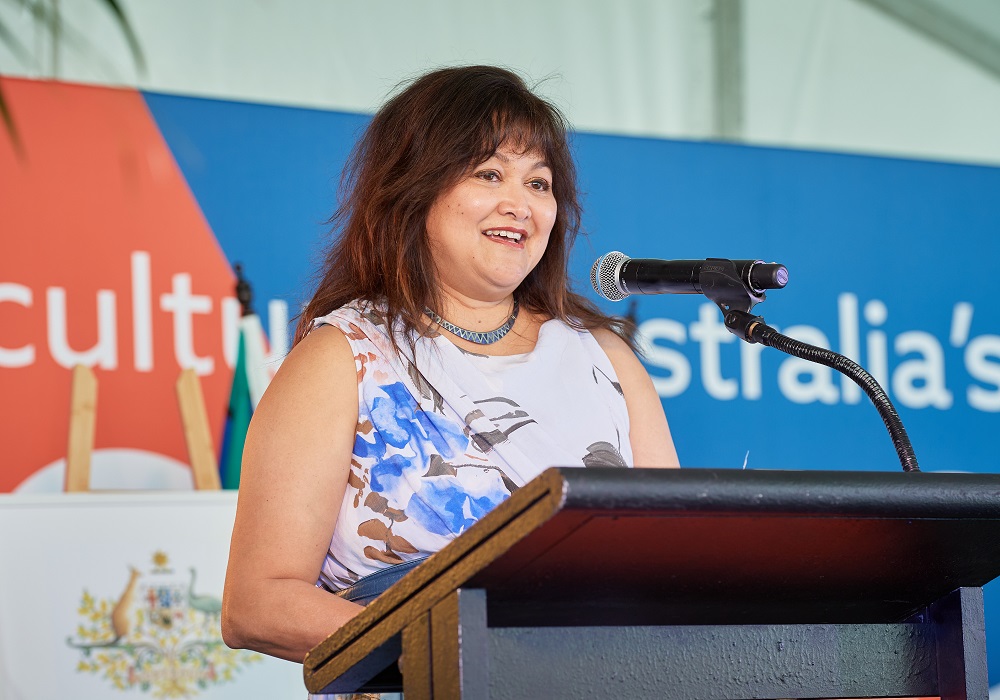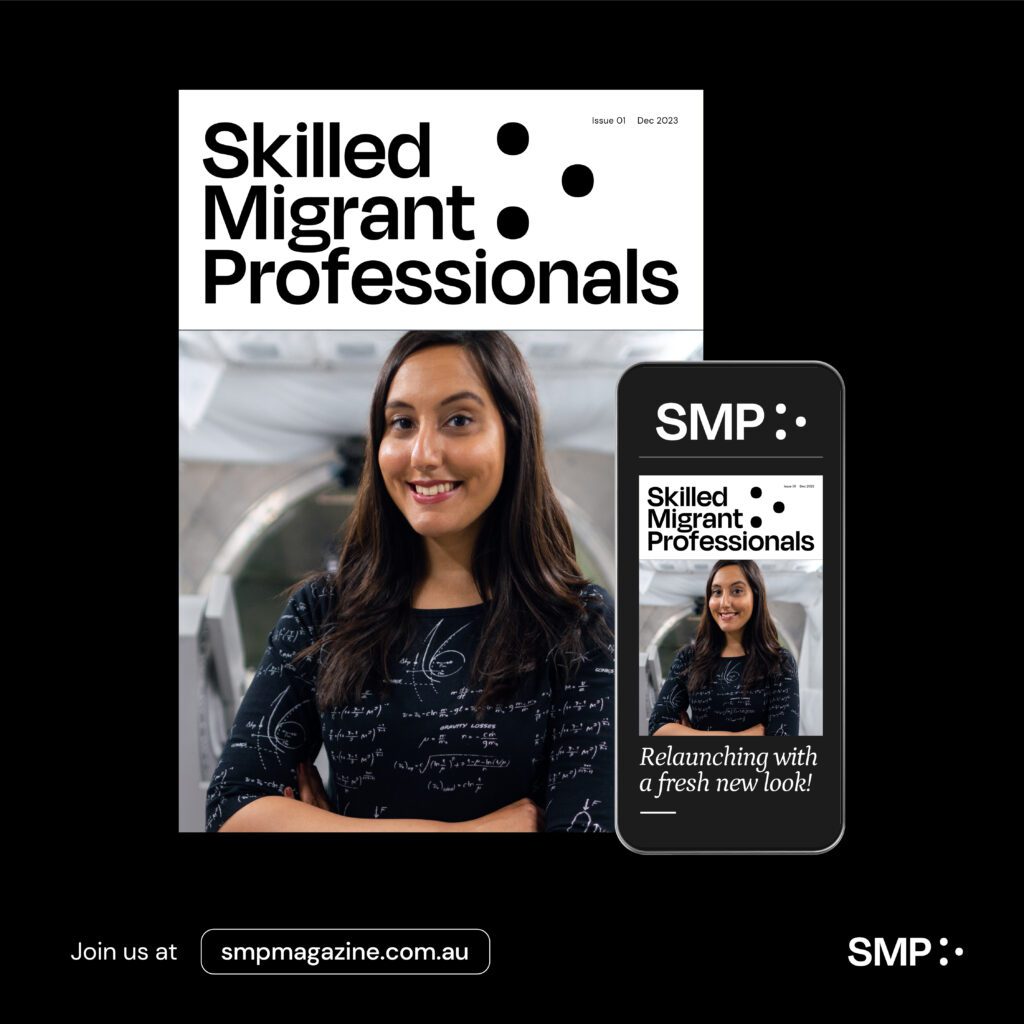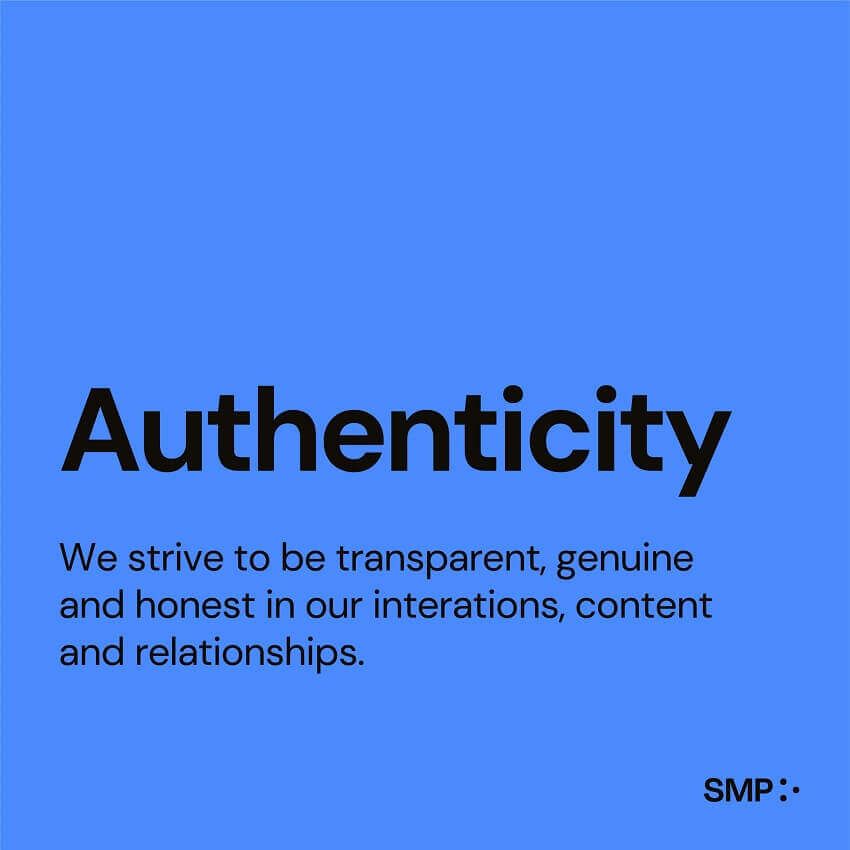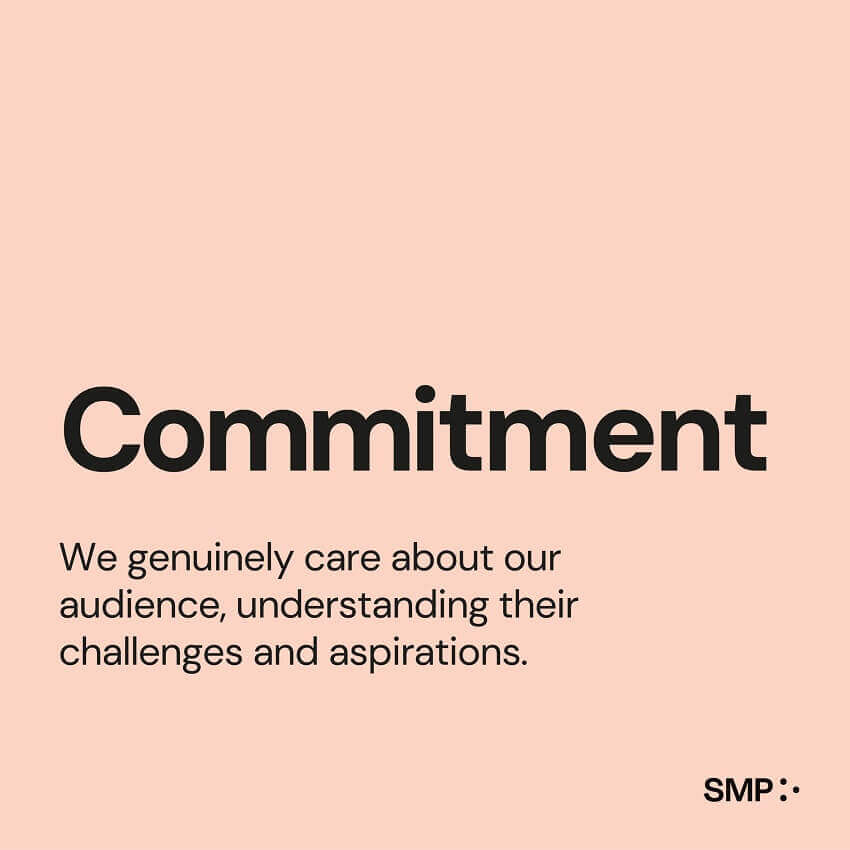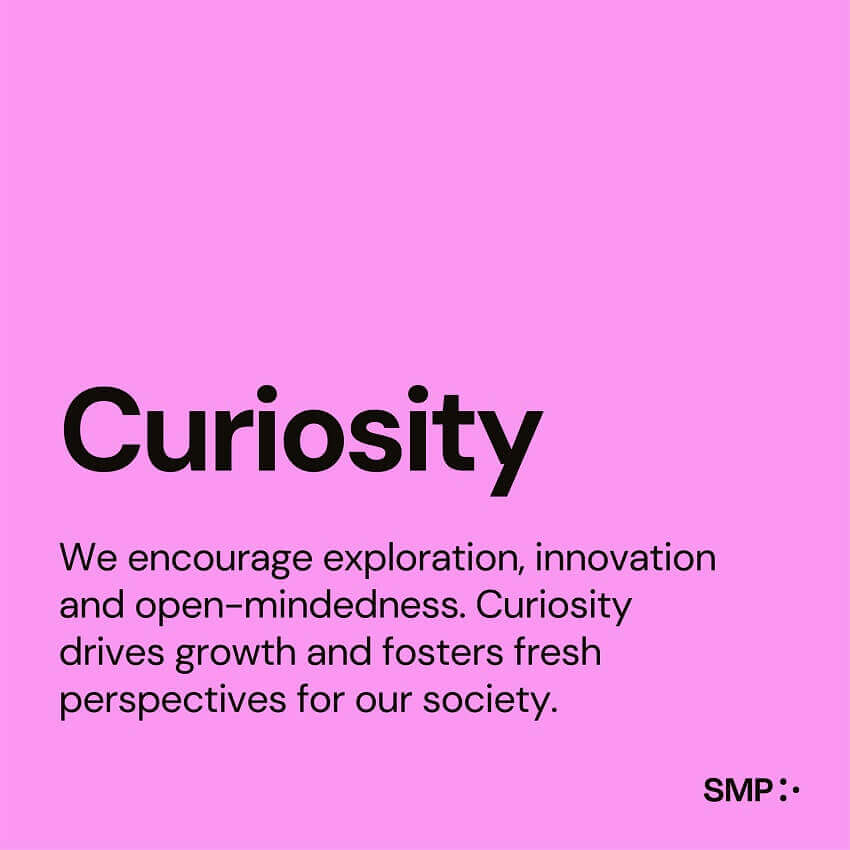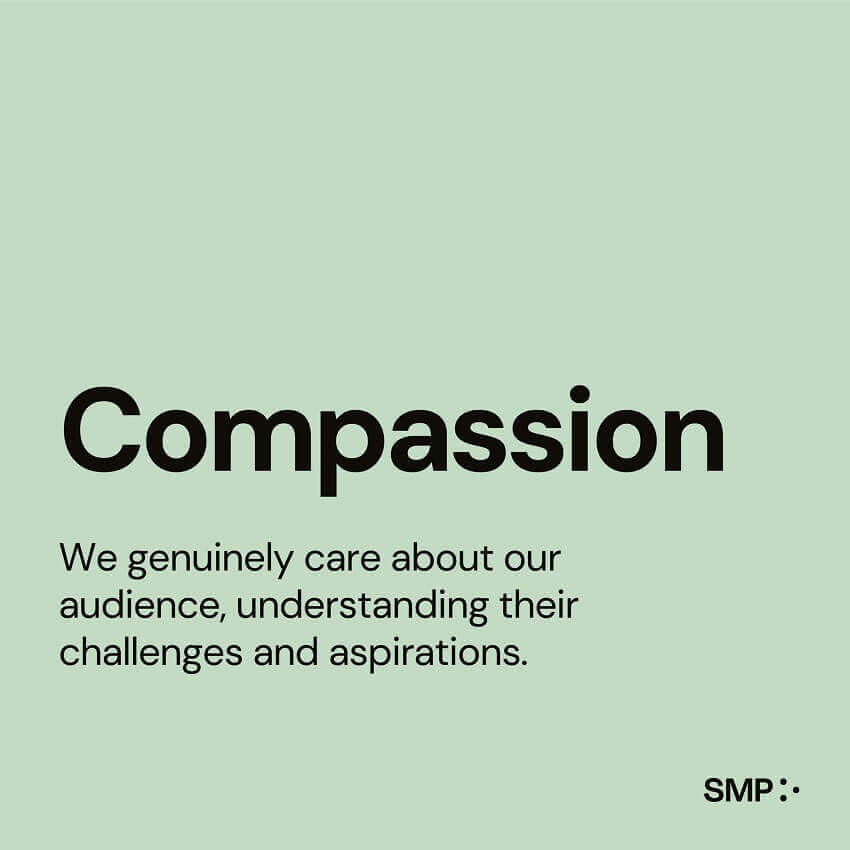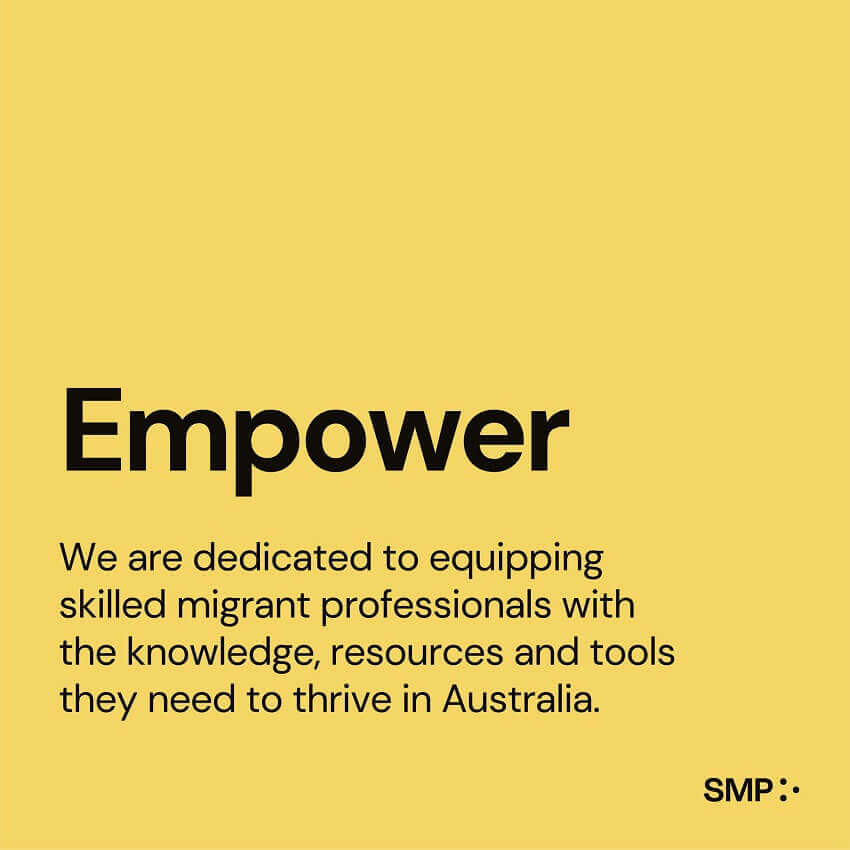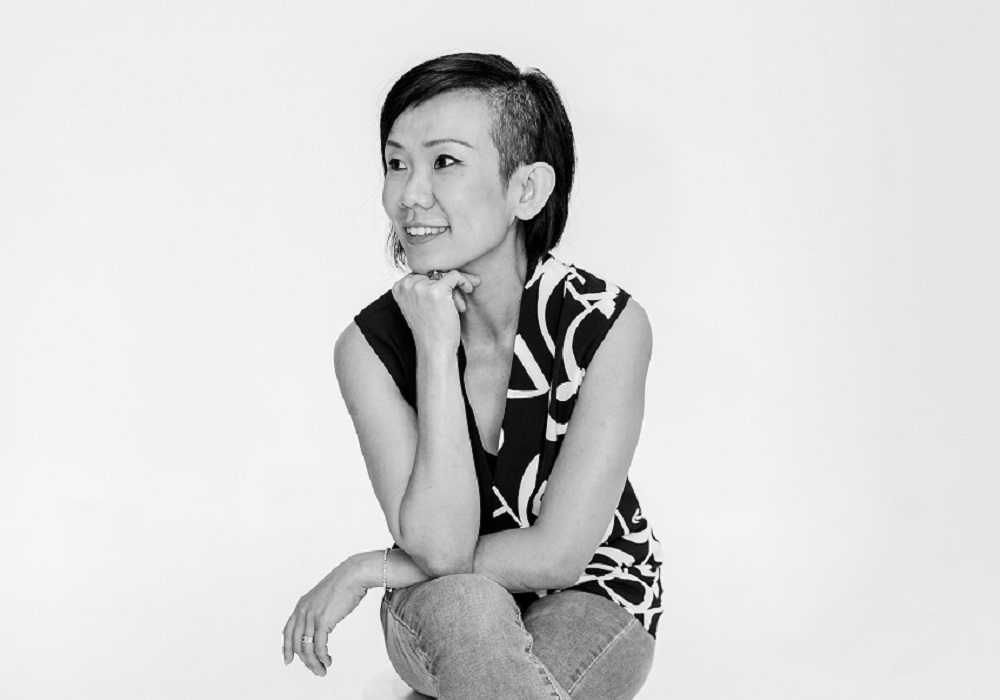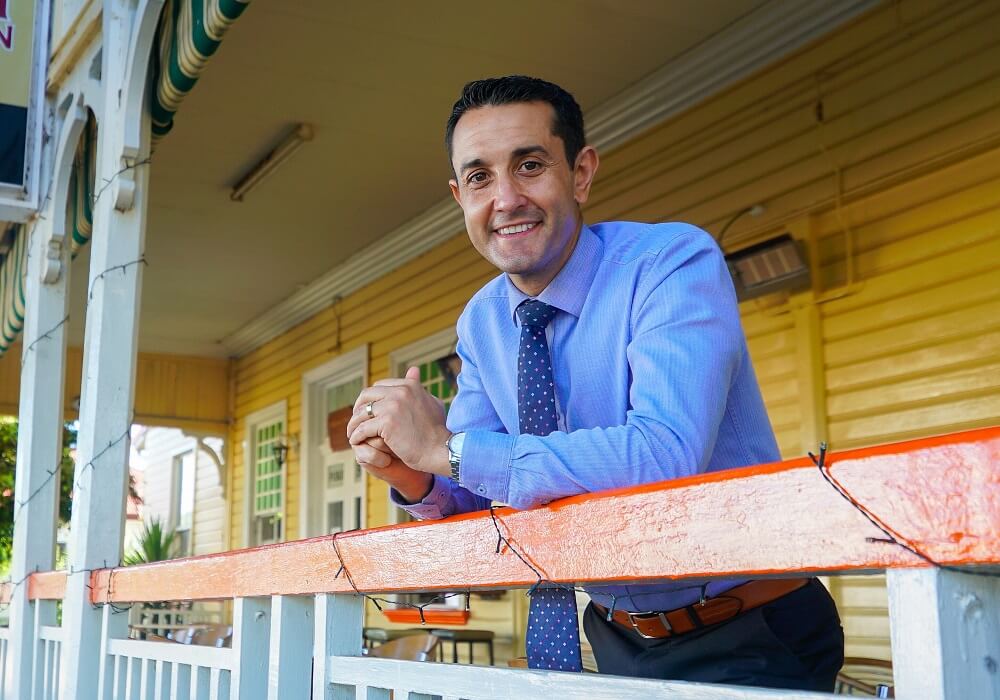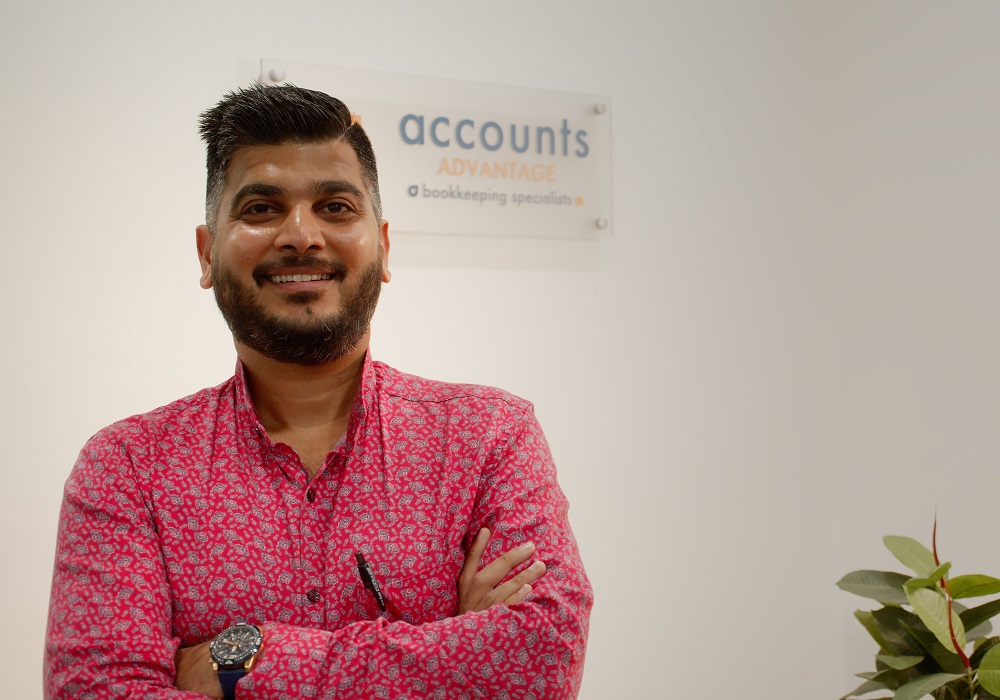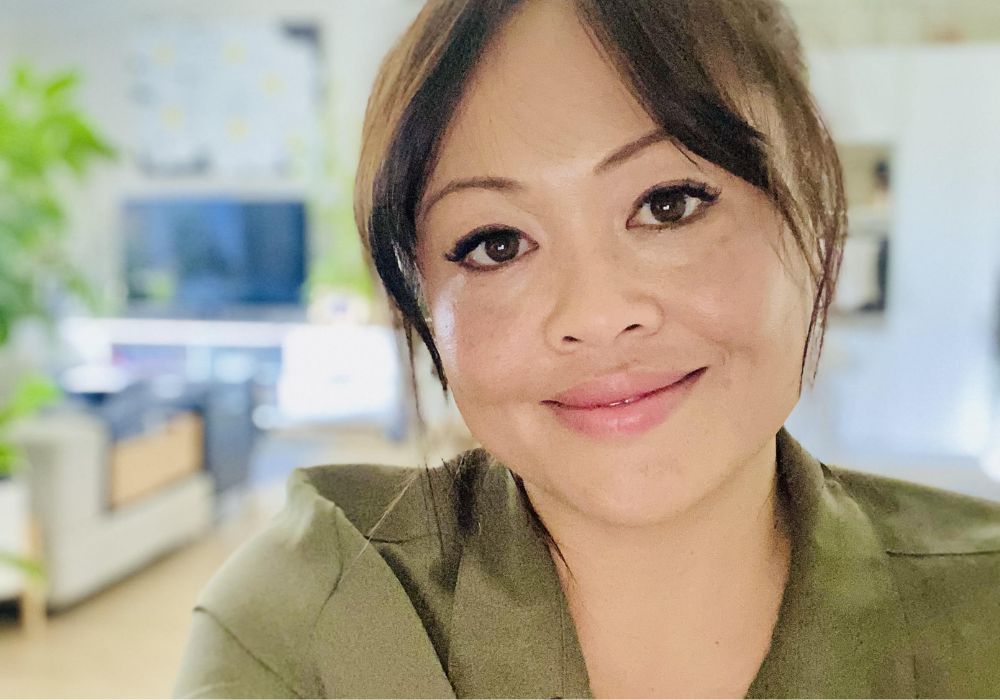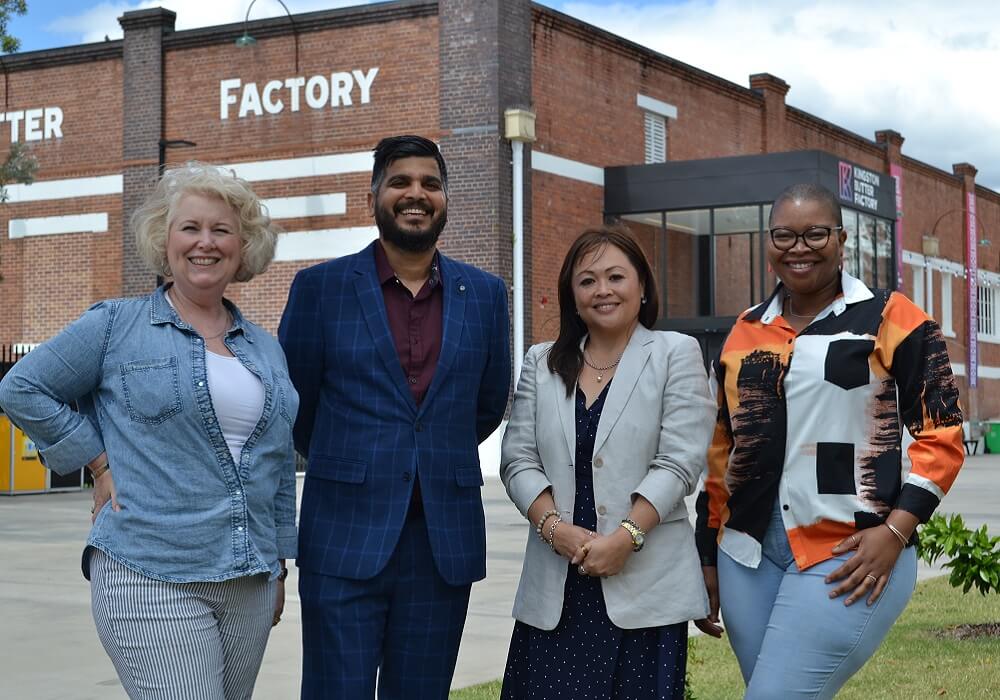Christine is the Chief Executive Officer of Multicultural Australia. She is a passionate advocate for equal access to justice and services for everyone regardless of their gender, beliefs or circumstances, drawing on her lived experience as a migrant. She has a personal belief that we all have a part to play in tackling disadvantage and exclusion, and to making the world a better place for all. Christine holds a Bachelor of Laws, Bachelor of Arts (English and Communications) and a Master of Public Administration from the University of Queensland.
My career has been very much characterised by seeing an opportunity and deciding to grab it. I had a long history in the Queensland government in areas such as domestic and family violence, criminal justice, and housing. By chance I saw a role in the community services sector, applied and was accepted. It felt like every path I had followed on my career journey and my personal journey as a migrant coming to Australia at the age of 15 had led to this moment.
Relocating to a new country midway through high school, learning a new culture, plus my involvement in various government roles in human services has broadened my perspective outside the multicultural community. These experiences magnified the sense that I was here to make a difference.
In school, I was very aware of my environment. I wanted to blend in so I learned to adjust and adapt. So many things were different from my home country of Malaysia. For example, at home when a teacher walks into a classroom the whole class stands up and greets the teacher, which I know now doesn’t happen here.
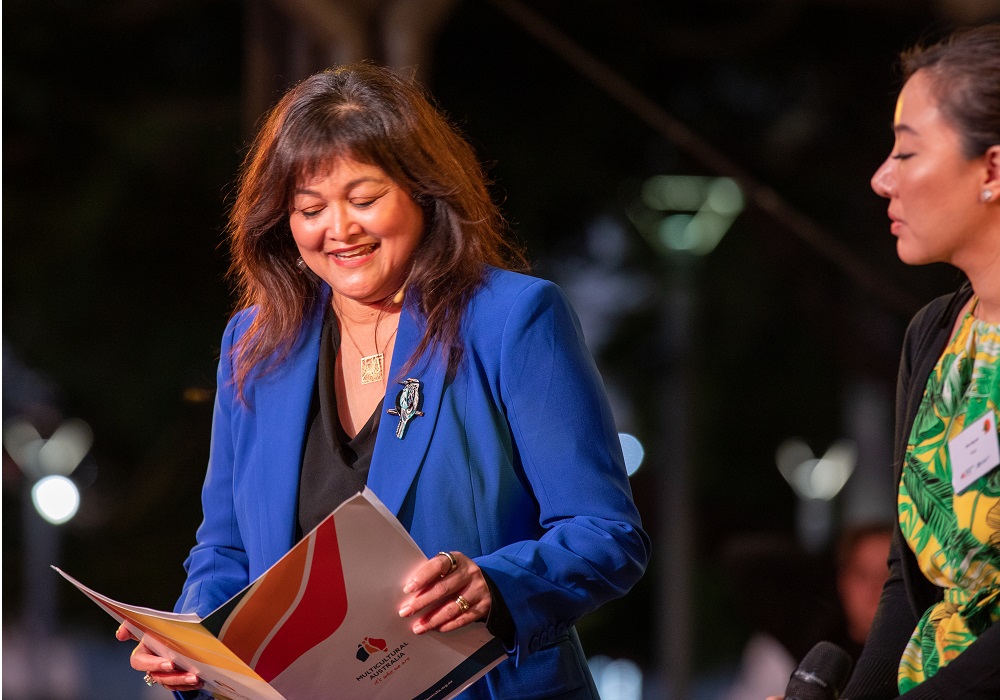
I had to think about every move I made so as not to embarrass myself – that’s so important to a 15 year old. I learned resilience and the power to emphasise positive narratives, not just the negatives. I think anyone who comes into a new country or culture builds an amazing chameleon superpower to adapt and be safe to realise their full potential.
Multicultural Australia has been around just over a quarter of a century and over that time it has evolved to focus on changing the conversation and being fit for the future.
Our first objective revolves around creating a sense of belonging. Belonging is not just about fitting in or being included; it’s about feeling deep down inside that you really belong here. We’re all about creating those moments that make you feel connected to the land and the people around you. It’s those moments that shape who you are and where you’re headed.
And then there’s changing how we talk about things. Words matter. They shape how we see the world and how others see us. So, we’re all about making sure everyone understands each other’s cultures, and finding common ground. We’re not just celebrating our differences; we’re figuring out how to make them work for us while tackling the challenges head-on.
The community’s a very big place. So, making sure nobody’s left behind is hard. Sometimes you have to go looking for people, but some just want to be left alone. Not everyone’s ready to come along for the ride now, but who knows, maybe they will later. So we keep an eye out and don’t give up on them. Everyone’s got their own pace and space, which we need to respect.
Australia, like every other country, is a country of contradictions. It talks about a ‘fair go’ but it started as a country where convicts were brought, where first nations people were displaced and where some people got a better go than others. It was hierarchical and very structured and some of those deficiencies continue today.
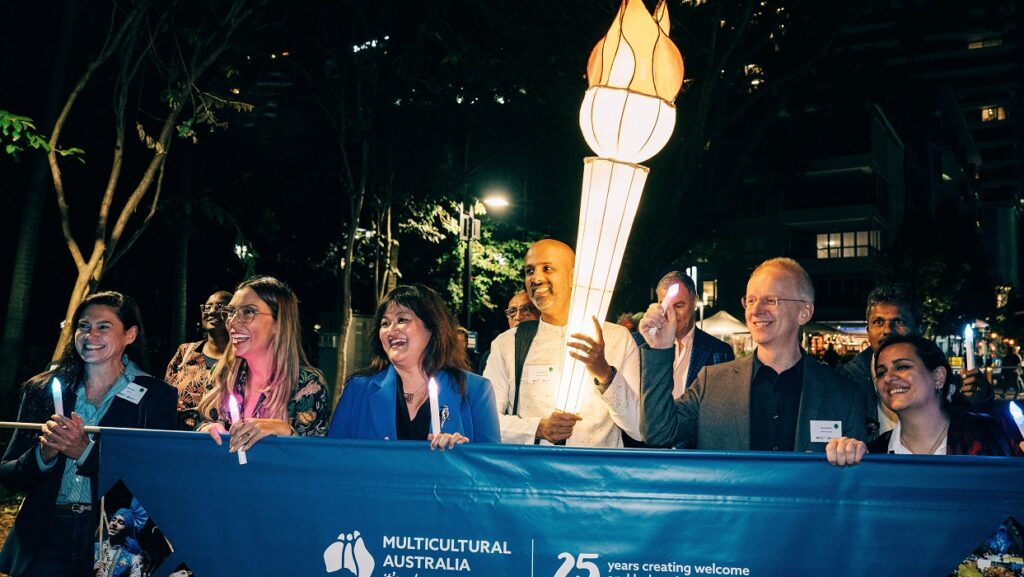
We need to get comfortable with being uncomfortable in talking about racism and systemic discrimination and how people put labels on others that exclude them. Australia is not unique in being a country where this exists. Let’s talk about it. Let’s work out ways to think about how we call it out. Let’s think about not just leaving it to people who experience it and try to address the problem of the people who engage in these acts.
Let’s think about the bystanders. How do we behave as bystanders when we see a person experiencing racism? How can we behave as a group to support that person and stop the behaviour? As a society we need to think about the skills and strategies we can use in these situations.
When it comes to diversifying corporate leadership, it’s not just about waiting for demographics to naturally shift. I’ve had conversations about this, and while some believe it’ll happen over time as our communities become more diverse, I don’t think it’s that simple. Take, for instance, the statistics from the Australian Human Rights Commission, which show that nearly 95% of senior leaders in top ASX 200 companies are of Anglo-European backgrounds, with women of colour being severely underrepresented.
In my own career journey, I’ve seen this firsthand. As a woman of colour who’s risen to leadership positions, I often find myself as the only person of colour in high-level meetings. I drive through a diverse city like Brisbane, seeing people from all backgrounds on the streets, but then walk into a boardroom and feel isolated. The higher the position, the less diversity I see.
And it’s not just about qualifications or confidence. I’ve had to work twice as hard, feeling like 100% effort wasn’t enough, while others might coast by with less. I recently had a conversation with someone who pointed out my tendency to push for perfection, and it hit me that this mindset stems from the need to prove myself in a predominantly white, male-dominated environment.
But this isn’t just about me. It’s about dismantling systemic biases that hold back minorities. It’s about having conversations that promote inclusivity without making others feel excluded. We need to expand the tent, not create divisions. It’s about recognizing that diversity in leadership benefits everyone, and actively working towards it, one step at a time.
I’ve been part of a review initiated by the government to assess the multicultural framework, and the report is due out in March 2024. It was a fantastic opportunity to engage with communities across Australia, from Western Australia to regional Queensland, hearing diverse perspectives on multiculturalism. People were eager to have mature conversations about our national identity and where we’re headed as a country.
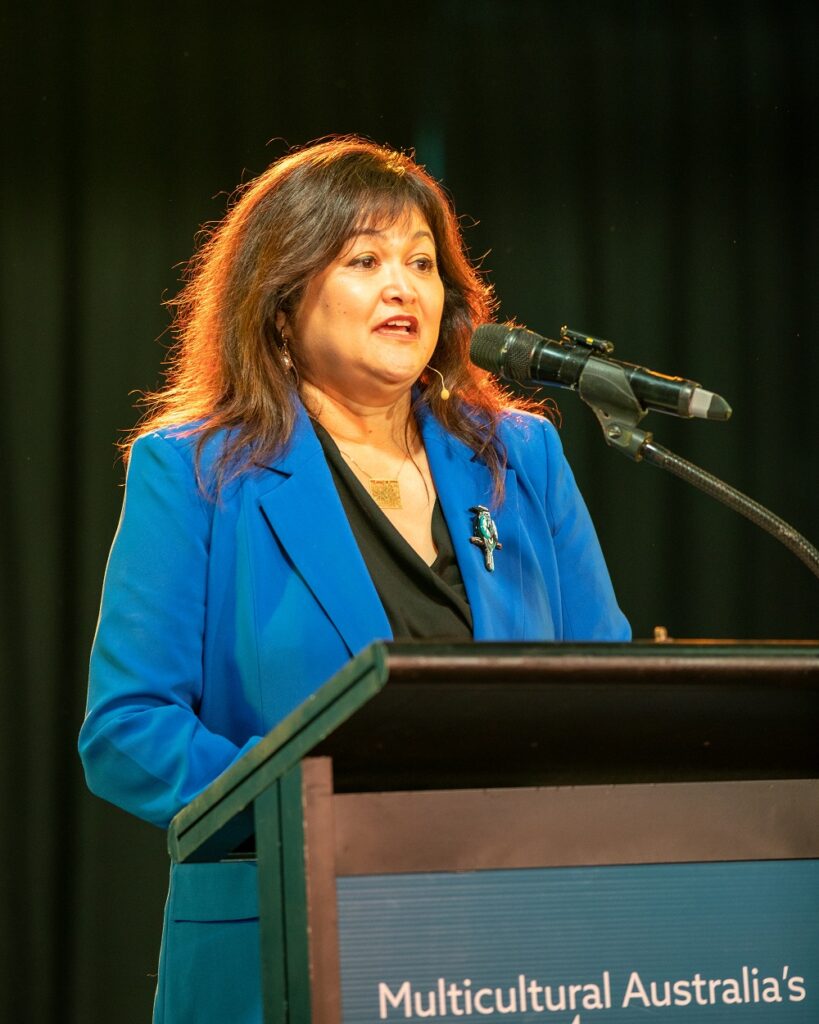
We encountered heartening openness to cultural diversity, but also heartbreaking stories of racism and exclusion. It’s clear that affirming our commitment to multiculturalism is crucial, starting from the top leadership level. However, conversations often get bogged down in divisive issues like immigration, instead of focusing on the richness of our diversity.
The reality is, nearly half of Australia’s population are migrants or children of migrants, with nearly 40% speaking a language other than English at home. We need to embrace this diversity and tap into its potential, like promoting multilingualism in schools and communities. Imagine the strength we’d have as a country with such linguistic diversity!
Moreover, we must ensure everyone feels they belong, especially our young people who often feel they have to navigate multiple identities. This includes providing language services and creating inclusive spaces. It’s about fostering social cohesion and recognizing that migration is essential for Australia’s growth. So, while there are challenges, the majority of Australians support migration, but we need to work on strengthening social connections to truly embrace multiculturalism.
In my career, I’ve encountered some challenges that come with being a woman of colour in leadership. The need to constantly prove myself can be exhausting. Moreover, societal labels often dictate how I’m perceived. These labels aren’t just about race; they encompass age and gender too.
For instance, as I transitioned into middle age, I noticed a shift in how I was treated – a sense of invisibility. To challenge these perceptions, I’ve sometimes dressed down intentionally to observe reactions, highlighting the importance of persona and presentation.
Additionally, transitioning between monocultural and multicultural spaces revealed how much of my culture I had to suppress for acceptance in certain environments. In multicultural settings like Multicultural Australia, I feel a sense of belonging that’s often lacking elsewhere. Here, I can enjoy my lunch without comments or speak my language freely without feeling the need to hide.
These experiences have taught me resilience and the importance of overcoming obstacles. While they haven’t traumatised me, they’ve shaped my journey and reinforced the need for inclusivity and understanding in all spaces.
On my journey, I’ve learned a few things that might help fellow migrants aiming for leadership or simply a fulfilling life in Australia. Firstly, seize opportunities even if they seem unrelated to your main goal; they might lead to unexpected paths. Secondly, develop the right mindset – pursue your dreams but stay open to diversions that could enrich your journey. Thirdly, networking is crucial; it’s not just about who you know, but who knows you and how they perceive you.
Lastly, never stop learning and adapting. As a migrant, your ability to adjust to new settings is a superpower. Personally, my optimism keeps me going. I believe in the cause of multiculturalism and feel privileged to contribute. Seeing the joy in celebrating diversity and witnessing resilience in others inspires me daily. It’s about appreciating the human condition and finding joy in life despite challenges. That perspective helps me rise above the smaller annoyances and stay focused on making a positive impact.
Connect with Christine:
